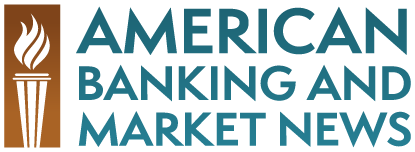A new report released last week by the U.S. Treasury Department showed that Citibank (NYSE: C) and Wells Fargo (NYSE: WFC), as well as a loan servicer which was part of the now defunct Lehman Brothers (LEHMQ) have made good progress during the month of September in making modifications for delinquent borrowers under the government’s foreclosure prevention program.
The Treasury Department has been pushing loan service providers to make modifications to delinquent and otherwise troubled mortgages under the federal government’s Home Affordable Modification Program (HAMP), which the government launched last February in hope of stemming the increasing number of foreclosures across the nation.
Under the HAMP program, the Treasury pays borrowers and loan services, including banks that received large amounts of government support through the various bailouts, to agree to loan modifications.
Wells Fargo has modified a total of 62,989 loans under HAMP through the month of September, or about 20% of its total number of delinquent borrowers. This is approximately double what Wells Fargo had done by the month of August, when it had made modifications for 33,172 loans, or about 11% of eligible loans.
Aurora Loan Services, which was previously the originator of mortgage loans for Lehman Brothers, is still owned by the bankrupt holding company. Although the company’s future ownership is uncertain, it has still made modifications for about 24,000 borrowers or 33% of borrowers that are eligible. At the end of August, Aurora had made modifications for 22% of borrowers that qualify under the program.
Many have criticized banks for being slow to act to make modifications to loans under HAMP, but the sheer number of loans that need modifications has required banks to take on and train more employees to handle all of the modifications necessary. The program also requires borrowers to take initiative on their own to make the modification happen, and some customers have not done that yet.





